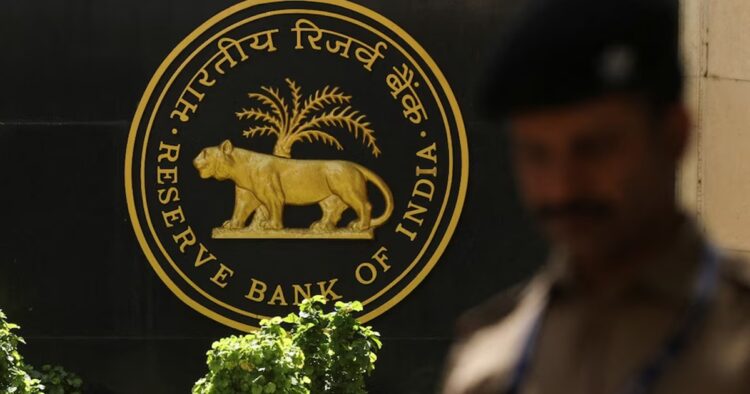India experienced a significant boost in job creation in the fiscal year 2023-24, according to provisional data from the Reserve Bank of India (RBI) released on July 8. The country added a remarkable 46.7 million jobs during this period, marking the highest increase since 1981-82. This represents a 2.5-fold increase compared to the previous year and an impressive job growth rate of 6 percent, which surpasses the growth rates of the past three decades.
Interestingly, this surge in job creation happened alongside a marginal increase in output growth. The output growth rate for FY24 was recorded at 6.7 percent, slightly up from 6.6 percent in the previous year. These employment figures were sourced from the Reserve Bank of India’s KLEMS database, which relies on data from the government’s periodic labour force survey.
Unemployment Rate Decline
The latest Periodic Labour Force Survey (PLFS) for 2022-23 showed that India’s unemployment rate dropped to 3.2 percent, the lowest it has been since 2017-18 when it was at 6.1 percent. The PLFS data is calculated for the July-June period each year.
By the end of FY24, RBI data indicated that 643.3 million people were employed in India, up from 597 million the previous year. The last time India saw such a significant job increase was in FY20, with over 40 million jobs added, even though there was a decline in output growth from 5.7 percent to 4.1 percent.
Formal Employment Increase
Recent government-released formal employment data highlighted that over 31 million people joined the formal workforce for the first time in FY24. Of these, 21 million people joined the Employees’ State Insurance Corporation, and 10 million joined the Employees’ Provident Fund Scheme.
Further analysis of the 2022-23 data revealed that out of the 19 million jobs added, three out of every five jobs were in agriculture, construction, and other services. Trade accounted for another tenth of the new jobs. Agriculture remains a major employment sector, comprising 42.4 percent of total employment, while construction accounted for 12.5 percent.
This record-breaking job growth in India is a positive indicator of economic recovery and development. The increase in employment, particularly in key sectors like agriculture and construction, reflects the country’s efforts to boost job creation and reduce unemployment.
With the significant addition of new jobs and a drop in the unemployment rate, India’s economic outlook appears promising as it continues to build on this momentum.

















Comments